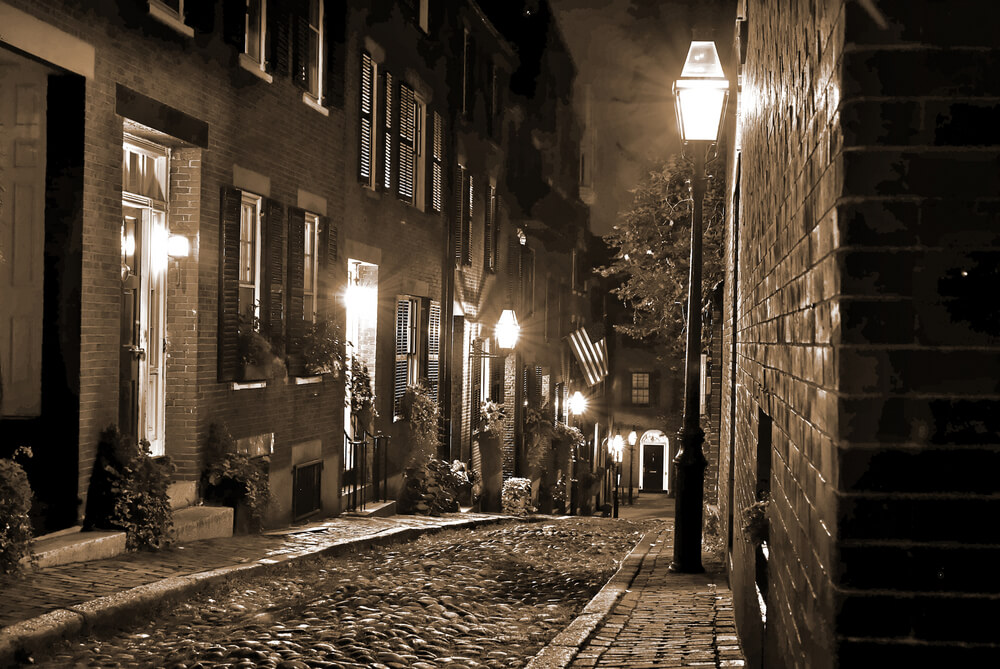 Of the many paths I have had the privilege to walk upon in cities and towns across more than forty states, the most impressive seem to have been the simple and yet symmetrically-beautiful sidewalks created 80, 90 or a hundred years ago or more. Even in these simple concrete walkways we can understand how a vision can transform over time. Just as those walkways were constructed long ago to aid in pedestrian travel, they now are among the most subtle but compelling features of the neighborhoods we all share.
Of the many paths I have had the privilege to walk upon in cities and towns across more than forty states, the most impressive seem to have been the simple and yet symmetrically-beautiful sidewalks created 80, 90 or a hundred years ago or more. Even in these simple concrete walkways we can understand how a vision can transform over time. Just as those walkways were constructed long ago to aid in pedestrian travel, they now are among the most subtle but compelling features of the neighborhoods we all share.
These invariably straight sidewalks, typically memorialized by an imprint of the names of the companies who placed them there, are the subtle framing of where we live. So precise—almost always 59 inches—they are scored in 29.5” squares running side by side with near perfection for as far as you can see the into the neighborhood ahead.
As the years passed small seedlings planted after some sidewalks took their place have grown into majestic trees. In many neighborhoods, these trees have become yet another beautifying feature, often providing a canopy-like effect over the small roads where historic homes rest peacefully alongside. In many ‘old town’ settings, classic storefronts still display windows on either side of an ornate antique door are presented in many cases in the same manner as the shop owners who may have preceded them.
Many sidewalks have lived on without interruption, remaining unchanged while the roads in front of them and the old homes and businesses behind them occasionally do change. While some of these paths have cracked or reluctantly yielded upwardly to a growing tree root, they remain in place as the age and wear only add to their legacies.
Aside from the places these sidewalks are seemingly forever intertwined with, nothing emphasizes their lasting nature quite like the people who travel upon them. For it is just in the people of yesteryear and now that we can see the real treasures of these paths.
I’ve noticed that people seem to walk at a different, almost intentional, pace when on these sidewalks. They are not in a hurry; they seem to find an additional, intrinsic form of appreciation for using these older sidewalks they are on. Because these old sidewalks are not especially wide, they continue to facilitate the same social interactions that they likely helped create so many years ago.
You see these influences as couples walk together, talking and sharing observations of the old houses or shops they slowly pass. You see the courtesies of young and old, as people who approach one another graciously accommodate an easier passage for their neighbor. And because these narrower walkways aid in our opportunity to slow down just a little bit, we have the time to frequently recognize and greet friends across the street—as they travel upon another sidewalk.
All of what I have described for you is likely quite familiar—to the point that your own memories and experiences by now have far eclipsed this brief story. But my intentions have a second perspective I wish to offer to you.
You see, the sidewalks of our oldest communities were in many respects a modern convenience when they were first created. People could easily depart from and return to their homes, businesses and schools with reliable routes. They could more easily gather attend their church, go to a local park, or take their infant child in a stroller or their elders for a peaceful walk of a length of their choosing. Weather, even the time of the day, were of little concern.
Today, these same sidewalks have become time machines. They invite us to step onto them, and as we do we can immediately restore a sense of the past all while instantly becoming more aware of our setting and more importantly, becoming a part of it. Whatever destination we may have for the day, when we choose to go there by one of these classic walkways, we approach the intersections of our community—and our life—with greater measure and greater consideration.
In this way, we may discover how to communicate anew with our community as well as ourselves.



